Syn.: Aquilegia vulgaris var. brevistyla (Hook.) A. Gray
Family: Ranunculaceae Juss.
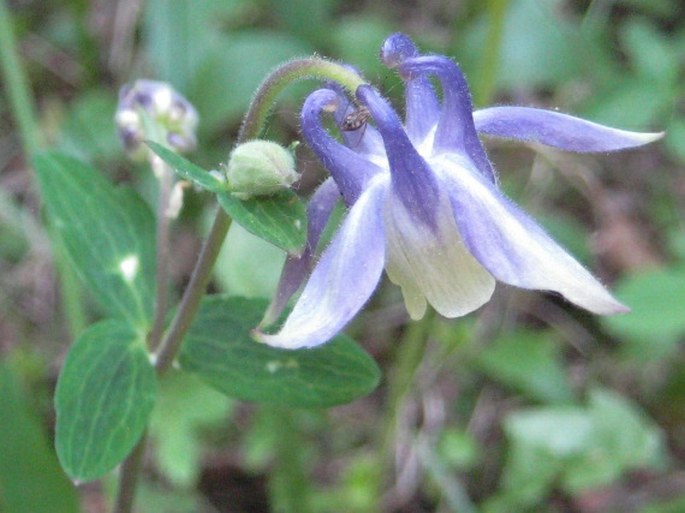
Distribution: North American species occurring from Alaska, through most Canadian territories with exception of Quebec and maritime provinces and in US only in Montana, Wyoming and South Dakota.
Ecology: Moist open woods, meadows, margins of forests, at elevations 800–3500 m. Blooms from June to August, depending on elevation.
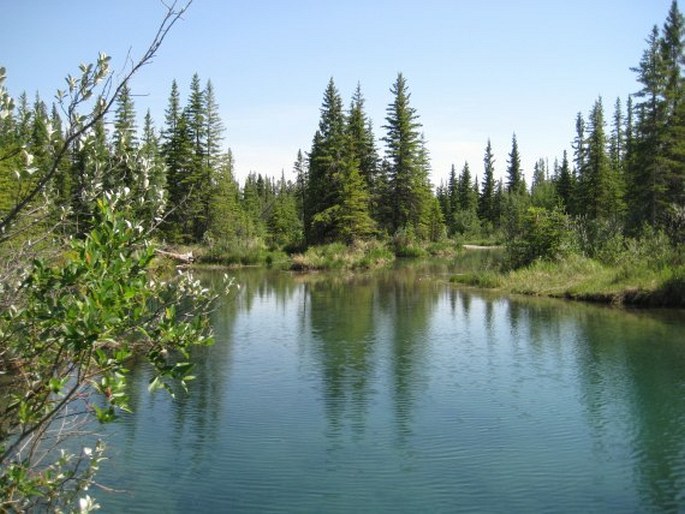
Description: Perennial herb with stems 20–80 cm tall, sometimes hairy at the top, from short, woody rhizome. Basal leaves long petiolate, 5–30 cm long, shorter than stems, compound, divided 2–3 times into 3-lobed leaflets, 12–44 mm, sometimes hairy; stem leaves sessile, 3-lobed. Flowers solitary, with long pedicels, nodding, 1.5–2.5 cm long, pentamerous; sepals divergent from axis, petal-like, lanceolate to narrowly elliptic, light blue to purple; petals with blue spurs, 5–10 mm, hooked, pointing to the centre, blades white or pale yellow, oblong; numerous stamens, 5 pistils. Fruit is a dry capsule (follicle), 15–25 mm, with a beak.
Note: Native tribes used leaves to treat sore mouths and throats and seeds taken with wine and saffron to treat jaundice and liver ailments.
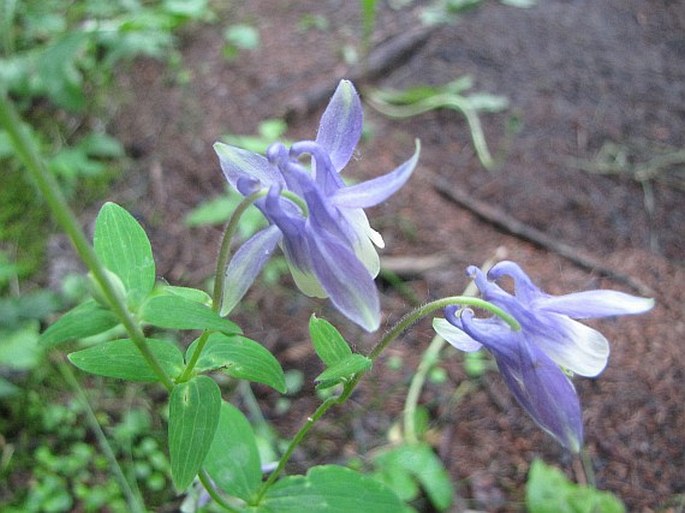
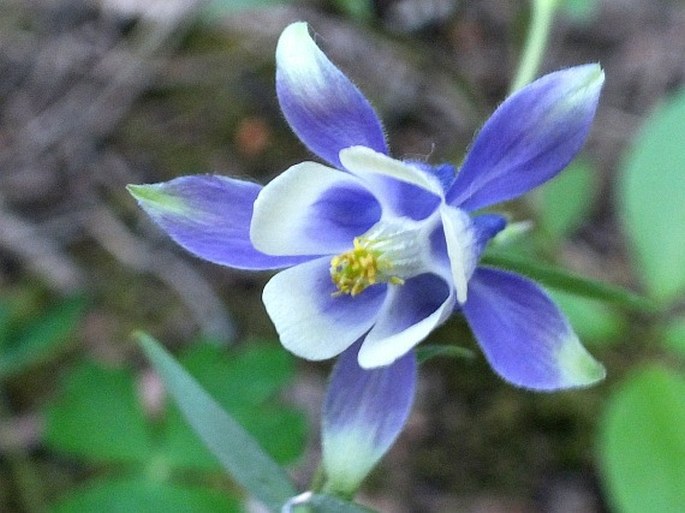

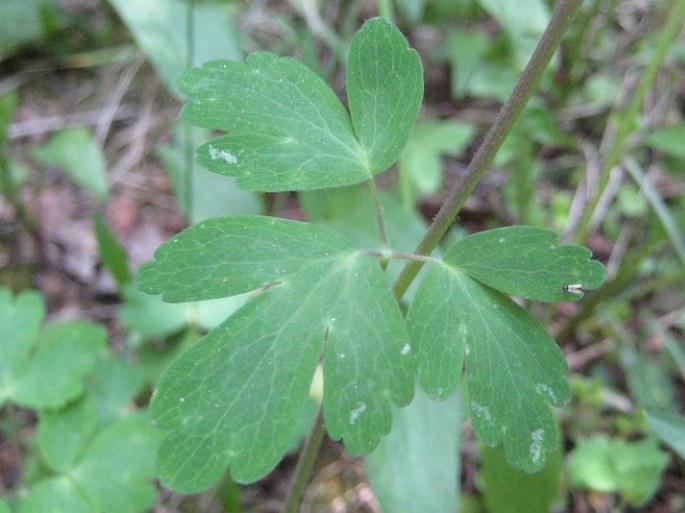
These images were taken in Canada, Alberta, Calgary, Griffith Woods Park (June 7, 2016).


